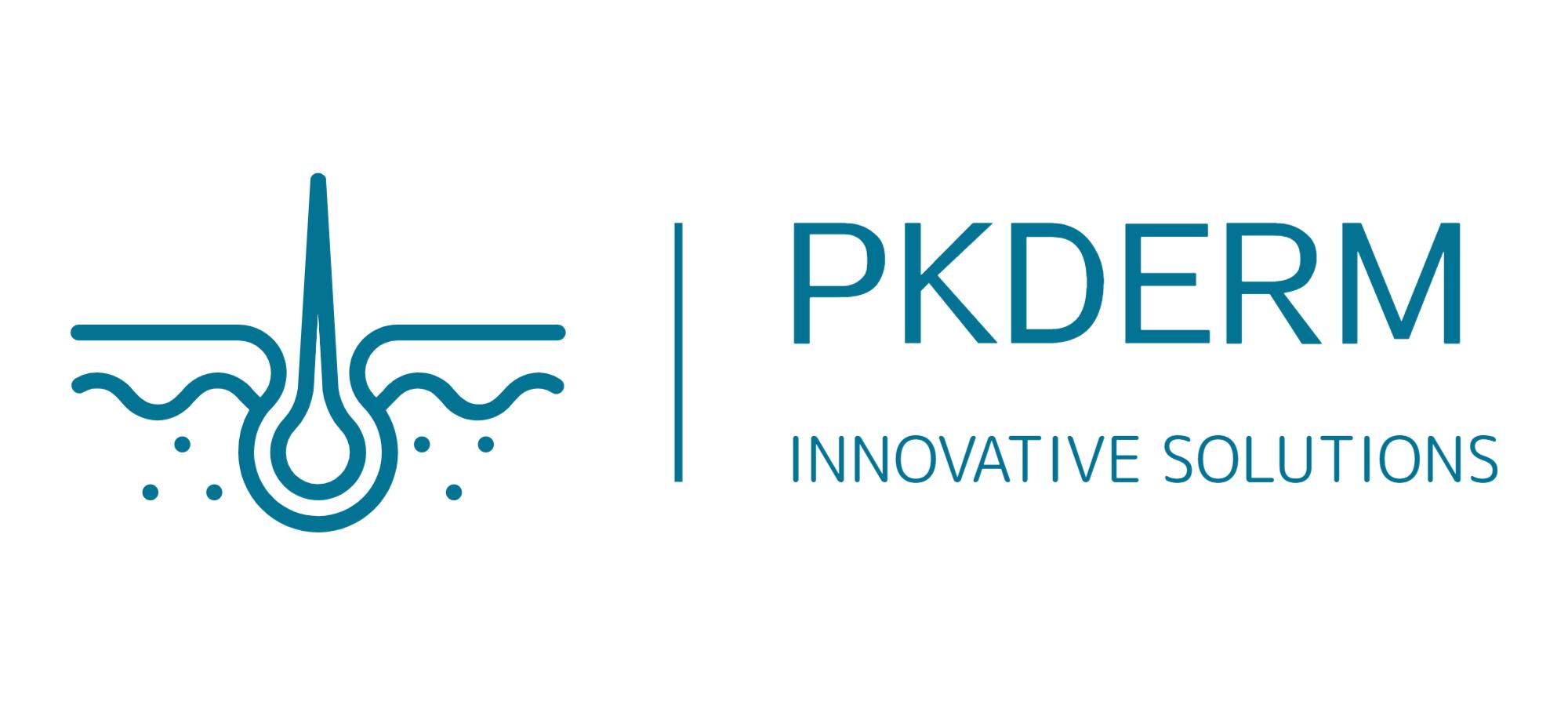OpenTox Virtual Conference 2021 Session 1
Models and Methods in Biomedical Research: the reporting bottlenecks to overcome
Sofia Batista Leite, Ivana Campia, Pierre Deceuninck , European Commission Joint Research Centre, Ispra, Italy
A large debate is open on the reproducibility crisis in science1 and the scientific community is promoting several measures and actions that could help to improve the quality and reusability of scientific results. Detailed reporting of experimental methods is an effective tool to ensure scientific reproducibility. This approach is often well established in healthcare industries with the adoption of Standard Operating Procedures (SOP) enabling efficient and standardised processes. However, in biomedical research, the reporting of models and methods is often rather incomplete and undervalued, and its format is still variable. This affects inter-lab reproducibility and undermines the trust in the different methods. Finally, peers and regulatory bodies could encounter difficulties in the uptake of generated data. Methods play a key role in building trust and achieving credibility in scientific findings to gain impactful research.
Transparency and openness are pivotal principles that are supported through initiatives aimed to target scientific researchers. New tendencies towards a more transparent publication of methods in peer-review journals are emerging, for example with dedicated platforms that can host methodological details to replicate experiments along with the available data. Resources, such as reporting guidelines, guidance documents, or reagents repositories, build on harmonisation and transparency in method reporting and they can facilitate the preparation of clear and reproducible method sections. Open science is a set priority at the European Commission2. Several efforts are made to enable researchers to share their knowledge and data as also shown by the recently launched Open Research Europe (ORE) publishing platform3. FAIR guiding principles4 are applicable to obtain findable, accessible, interoperable, and reusable data, but they could also be relevant to processes and tools that generate it.
All these aspects are taken into consideration and analysed with examples from activities carried on by the European Commission Joint Research Centre’s European Union Reference Laboratory for Alternatives to Animal Testing (EURL ECVAM)5to understand how the biomedical research community acts to enhance reporting of experimental methods.
- Baker, M. 1,500 scientists lift the lid on reproducibility. Nature 533, 452–454 (2016). https://doi.org/10.1038/533452a
- https://ec.europa.eu/info/research-and-innovation/strategy/strategy-2020-2024/our-digital-future/open science_en
- https://open-research-europe.ec.europa.eu/
- Wilkinson, M., Dumontier, M., Aalbersberg, I. et al. The FAIR Guiding Principles for scientific data management and stewardship. Sci Data 3, 160018 (2016). https://doi.org/10.1038/sdata.2016.18
- https://ec.europa.eu/jrc/en/eurl/ecvam/knowledge-sharing-3rs/life-science-research


